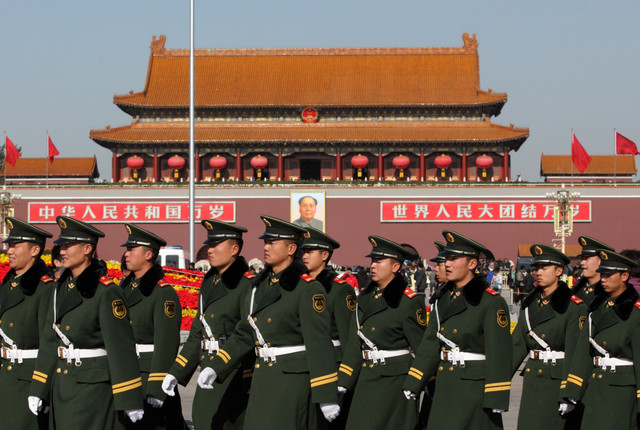
Could AI Lead to the Escalation of Conflict? PRC Scholars Think So
Published by The Lawfare Institute in Cooperation With
In the years since Xi Jinping assumed power, China has undertaken increasingly risky military activities in the name of national security at sea, in the air, and even in space. At the same time, Beijing has exhibited a shrinking appetite for responsibly managing military crises with Washington; Chinese officials often decline to use bilateral communication mechanisms amid crises, severing those channels in the wake of Nancy Pelosi’s 2022 Taiwan visit and neglecting to answer U.S. Secretary of Defense Lloyd Austin’s calls during the 2023 spy balloon incident.
Through undertaking risky maneuvers in proximity to U.S. forces and electing not to use escalation management mechanisms, China hopes “to coerce a change in lawful U.S. operational activity,” according to senior U.S. officials. While the People’s Liberation Army (PLA) and U.S. military reopened lines of communication late last year, experts worry that bilateral crisis communication channels will be insufficient to limit escalation risks arising from future incidents.
According to Chinese military theory, Beijing believes that it can benefit from crises through “seiz[ing] opportunities” that they create. As some U.S. experts have argued, Beijing thinks that military crises can open up strategic chances to “gain the upper hand over its competitors.” Moreover, in escalatory situations, realizing political goals appears to take precedence over minimizing the risk of clashes. Indeed, official PLA guidance from 2013 posits that measured escalation can even be useful in obtaining political objectives.





















